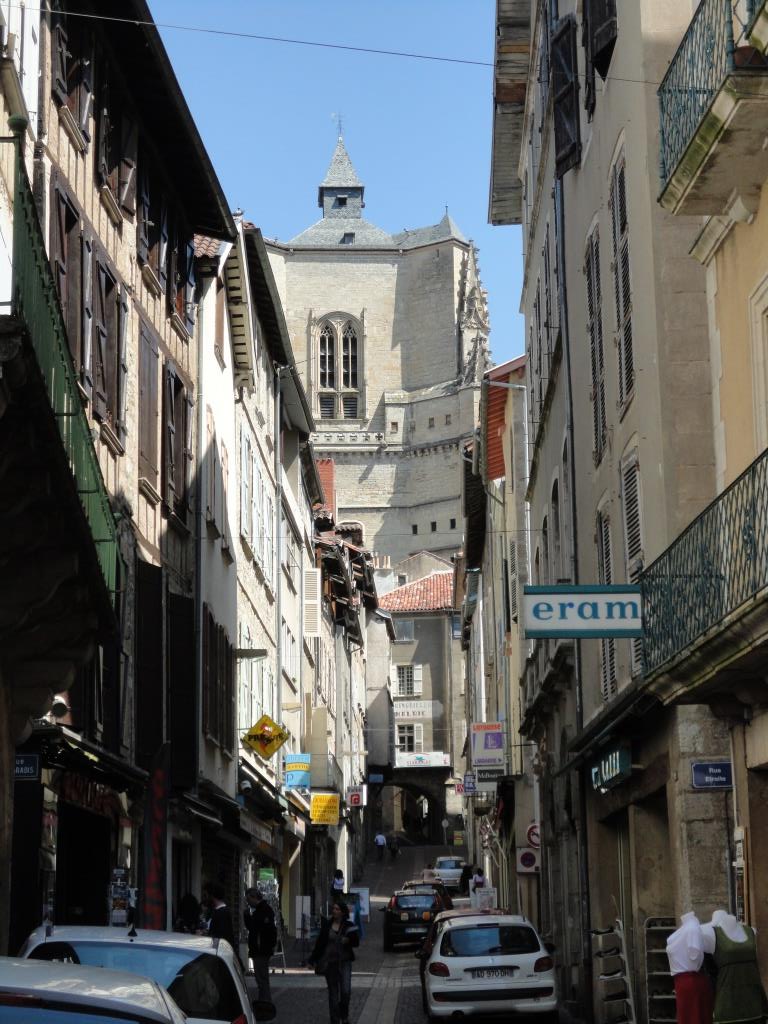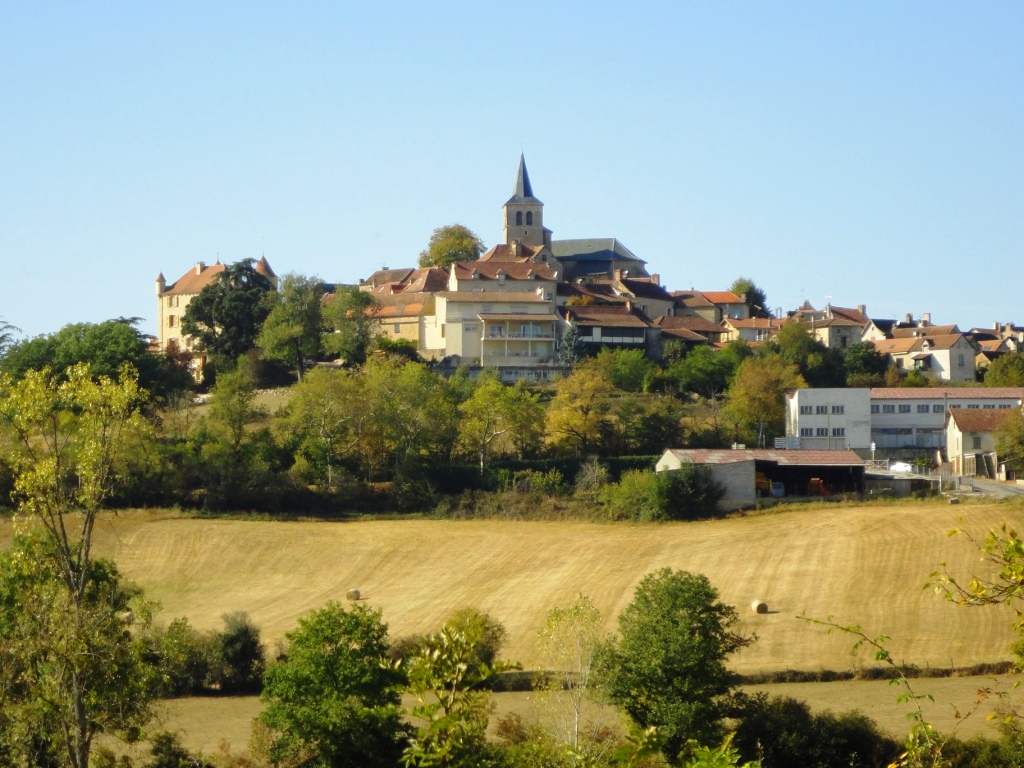
A sense of place in fiction is very important to me, both in my own work and in the novels I read. Some of my favourite authors, such as Hannah Kent, Helen Dunmore and Tracy Chevalier, excel at weaving the setting seamlessly into the story. Novels are about people, of course, but they are the product of their environment and culture, so the setting is an indispensable part of the story.
But should you write about real places or make them up? There is no right answer. Both of those alternatives have pros and cons.
Real places
If you write about a real place, you have to get your facts right. If it’s historical fiction, this involves a good deal of research to find out how places looked during a particular period. Get it wrong, and someone is sure to call you out.
Some authors go to extraordinary lengths to visit the settings they write about. Rosie Thomas, for example, has been to the Antarctic and up Mount Everest, both of which have featured in her novels. Those are a bridge too far for me.
Interestingly, I read that Stef Penney, who wrote The Tenderness of Wolves, didn’t visit Canada, where it is set. If this is correct, she managed to depict it very well, showing that desk research can sometimes be enough. However, I feel uneasy writing about places I have never visited, although I have done that.
If you write about very specific locations, such as a street or a house, you have to be careful not to annoy the residents by having readers peering in the windows.
Peter Mayle was the victim of his own success with his non-fictional accounts of his life in Provence. Obviously, they aren’t novels, but they show the dangers of being too specific about where you live. People would turn up unannounced and expect him to sign copies of his books. On one occasion, he emerged from the shower to find someone wandering around his living room.

Completely fictional worlds
The alternative is to make up an entire fictional world. The advantage is that you can give your imagination free rein. Since it’s your creation, no one can tell you that you’ve got something wrong. Even so, someone tried to map Mervyn Peake’s Gormenghast and worked out that it would have occupied the same area as Greater London.
The other advantage is that people are not coming to your story with fixed ideas about how a place looks. Mention New York and people think of the Statue of Liberty or the Empire State Building; or India and the Taj Mahal springs to mind; Cairo evokes the pyramids, and so on.
It’s hard to make up a completely fictional place with historical fiction because it then verges on fantasy. Some authors, such as Alison Morton with her Roma Nova series, do it successfully, but their stories are still firmly grounded in historical research.
A hybrid solution
A third option exists: to use fictitious places within the framework of a real country or region. I favour this option in my books. The invented places are based strongly on real ones, but since they are made up I can vary aspects of them to suit the story.
My Tales of Corsica series is, clearly, set on the Mediterranean island of Corsica. However, the village of Zaronza, which features in The House at Zaronza and The Corsican Widow, does not actually exist – or only aspects of it, at any rate. I know exactly where it is on Corsica. I chose not to use the actual name of the place, because the house is based on a real one.
My latest novel, Overture, is the first in a trilogy set partly in Southwest France from the 1890s up to 1945. This is a region I happen to know extremely well, since I’ve lived here for more than 20 years.

Again, I decided to fictionalise some of the places because that gave me carte blanche to rearrange places I know to suit the story. Also, a small château features in the novel, and I wanted to disguise the real one, which is privately owned.

The story moves to Paris. There, I had to use real street names and places, since Paris is too well known to play around with the geography. The only place that is invented is a restaurant, but I was careful to place that in a part of Paris where emigrants from Southwest France traditionally set up bistros in the 1890s.

So, if readers ask me, “Where is Zaronza, or Felicavo, or Ambagnac?” I say that they are based on real places but they don’t actually exist. You won’t find them on Google.
You might also like:
Of Mountains and Men: How Corsica’s Landscape Shaped its History
5 Facts You Might not Know About Corsica
Views of #Corsica
Copyright © Vanessa Couchman 2019, all rights reserved

Thank you so much for mentioning Roma Nova. It’s vaguely situated in a blend of southern Austria/northern Slovenia, but I bring in ‘anchors’ to real places like Vienna, Paris, and the UK. Drawing on typical landscapes and then inventing a specific village as you do is a perfect solution.
LikeLiked by 1 person
Avec plaisir. Roma Nova was an obvious candidate for an example. Your approach is ideal, since people can feel rooted in the actual world while still enjoying a fictional one.
LikeLike
I think your hybrid solution makes a lot of sense – – it works for you and the reader.
LikeLiked by 1 person
It’s the one I feel most comfortable with. The important thing is to keep the fictional settings consistent with the real ones.
LikeLiked by 1 person
Reblogged this on Ocelot Press and commented:
Ocelot Press author Vanessa Couchman tells us how she approaches the issue of whether to use real or fictional placenames in her novels.
LikeLike